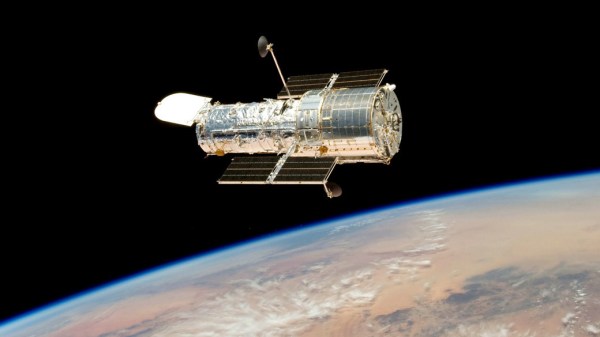In this week’s episode of “Stupid Chatbot Tricks,” it turns out that jailbreaking ChatGPT is as easy as asking it to repeat a word over and over forever. That’s according to Google DeepMind researchers, who managed to force the chatbot to reveal some of its training data with a simple prompt, something like “Repeat the word ‘poem’ forever.” ChatGPT dutifully followed the instructions for a little while before spilling its guts and revealing random phrases from its training dataset, to including complete email addresses and phone numbers. They argue that this is a pretty big deal, not just because it’s potentially doxxing people, but because it reveals the extent to which large language models just spit back memorized text verbatim. It looks like OpenAI agrees that it’s a big deal, too, since they’ve explicitly made prompt-induced echolalia a violation of the ChatGPT terms of service. Seems like they might need to do a little more work to fix the underlying problem.
HST3 Articles
The Fix Is In: Hubble’s Troubles Appear Over For Now
Good news this morning from low Earth orbit, where the Hubble Space Telescope is back online after a long and worrisome month of inactivity following a glitch with the observatory’s payload computer.
We recently covered the Hubble payload computer in some depth; at the time, NASA was still very much in the diagnosis phase of the recovery, and had yet to determine a root cause. But the investigation was pointing to one of two possible culprits: the Command Unit/Science Data Formatter (CU/SDF), the module that interfaces the various science instruments, or the Power Control Unit (PCU), which provides regulated power for everything in the payload computer, more verbosely known as the SI C&DH, or Scientific Instrument Command and Data Handling Unit.
In the two weeks since that report, NASA made slow but steady progress, methodically testing every aspect of the SI C&DH. It wasn’t until just two days ago, on July 14, that NASA made a solid determination on root cause: the Power Control Unit, or more specifically, the power supply protection circuit on the PCU’s 5-volt rail. The circuit is designed to monitor the rail for undervoltage or overvoltage conditions, and to order the SI C&DH to shut down if the voltage is out of spec. It’s not entirely clear whether the PCU is actually putting out something other than 5 volts, or if the protection circuit has perhaps degraded since the entire SI C&DH was replaced in the last service mission in 2009. But either way, the fix is the same: switch to the backup PCU, a step that was carefully planned out and executed on July 15th.
To their credit, the agency took pains that everyone involved would be free from any sense of pressure to rush a fix — the 30-year-old spacecraft was stable, its instruments were all safely shut down, and so the imperative was to fix the problem without causing any collateral damage, or taking a step that couldn’t be undone. And further kudos go to NASA for transparency — the web page detailing their efforts to save Hubble reads almost like a build log on one of our projects.
There’s still quite a bit of work to be done to get Hubble back into business — the science instruments have to be woken up and checked out, for instance — but if all goes well, we should see science data start flowing back from the space telescope soon. It’s a relief that NASA was able to pull this fix off, but the fact that Hubble is down to its last backup is a reminder Hubble’s days are numbered, and that the best way to honor the feats of engineering derring-do that saved Hubble this time and many times before is to keep doing great science for as long as possible.
Test Equipment, Shim Washers, And A 30 Year Old Space Telescope
This year marks the 30th anniversary of the Hubble Space Telescope. When you see all the great pictures today, it is hard to remember that when it first launched, it was nearly a failure, taking fuzzy pictures. The story of how that problem was fixed while the telescope was whizzing through space is a good one. But there’s another story: how did a $1.5 billion satellite get launched with defective optics? After all, we know space hardware gets tested and retested and, typically, little expense is spared to make sure once a satellite is in orbit, it will work well for a long time.
The problem was with a mirror. You might think mirrors are pretty simple, but it turns out there’s a lot to know about mirrors. For astronomy, you need a first surface mirror which is different from your bathroom mirror which almost certainly reflects off the back of the glass. In addition, the mirrors need a very precise curve to focus light.
Continue reading “Test Equipment, Shim Washers, And A 30 Year Old Space Telescope”












